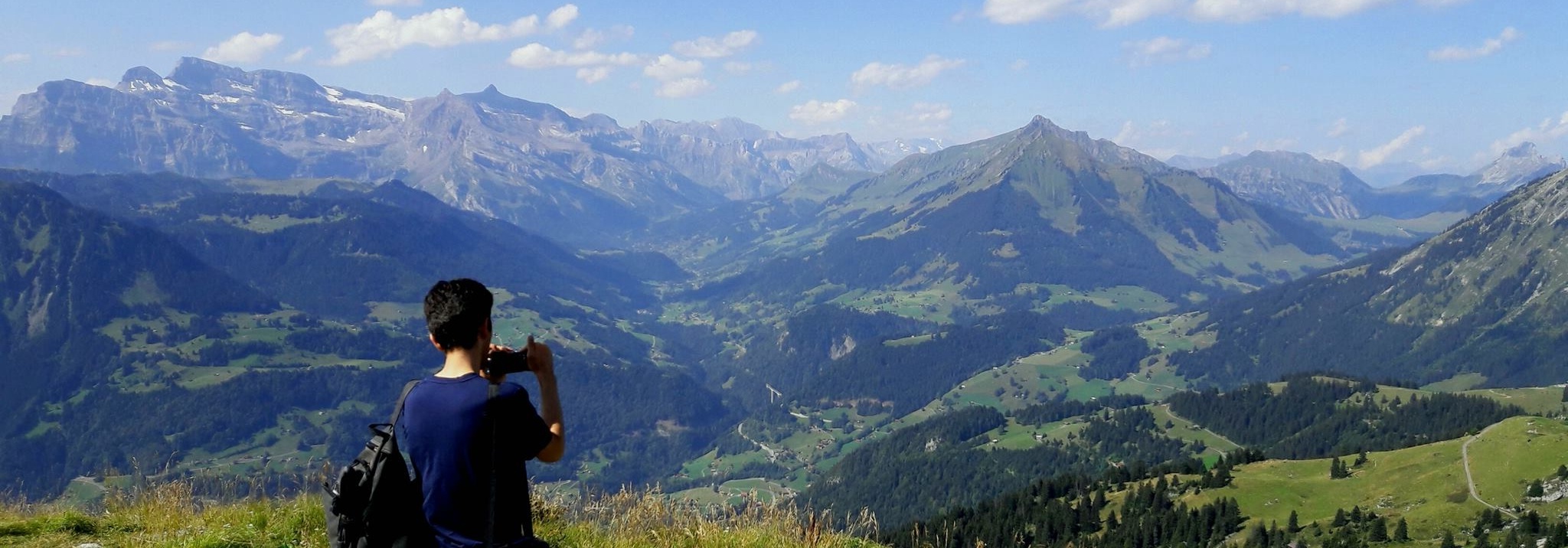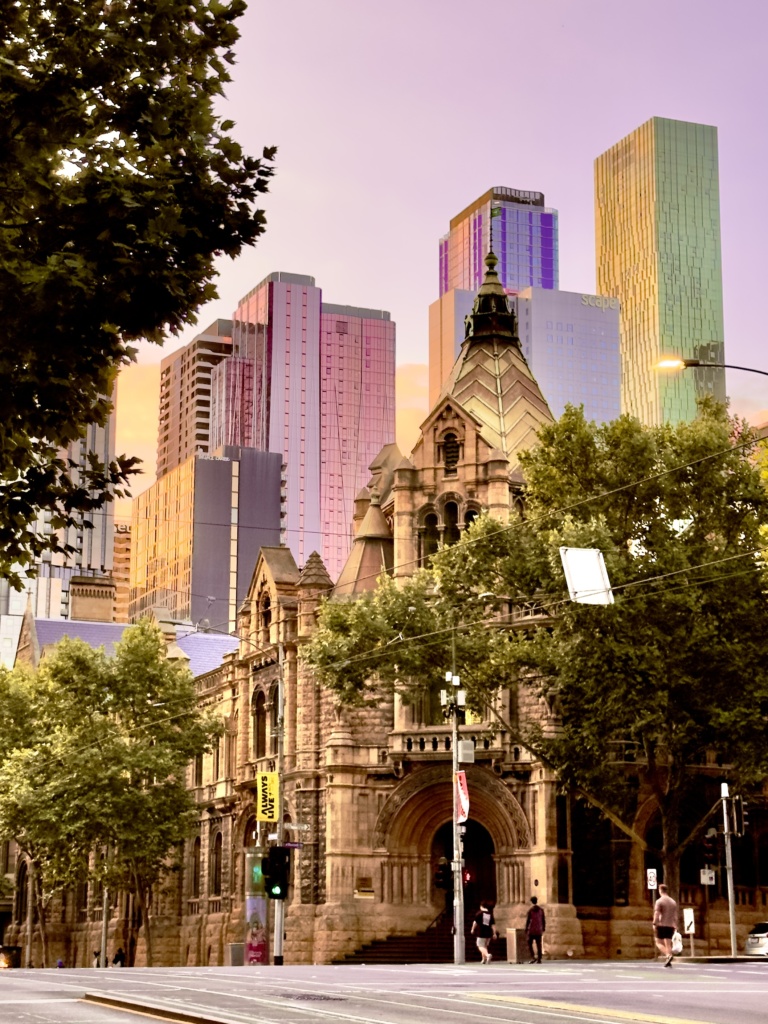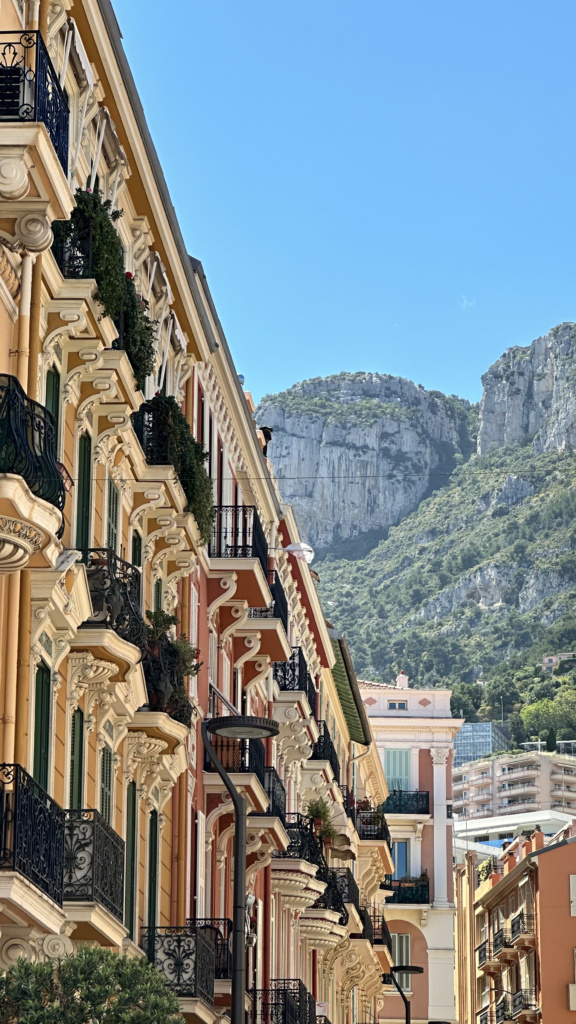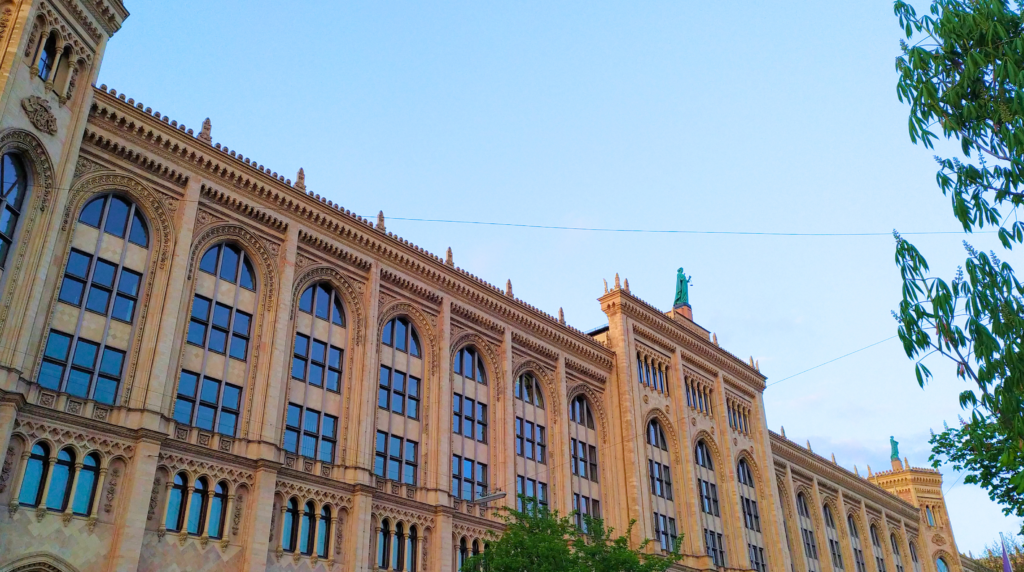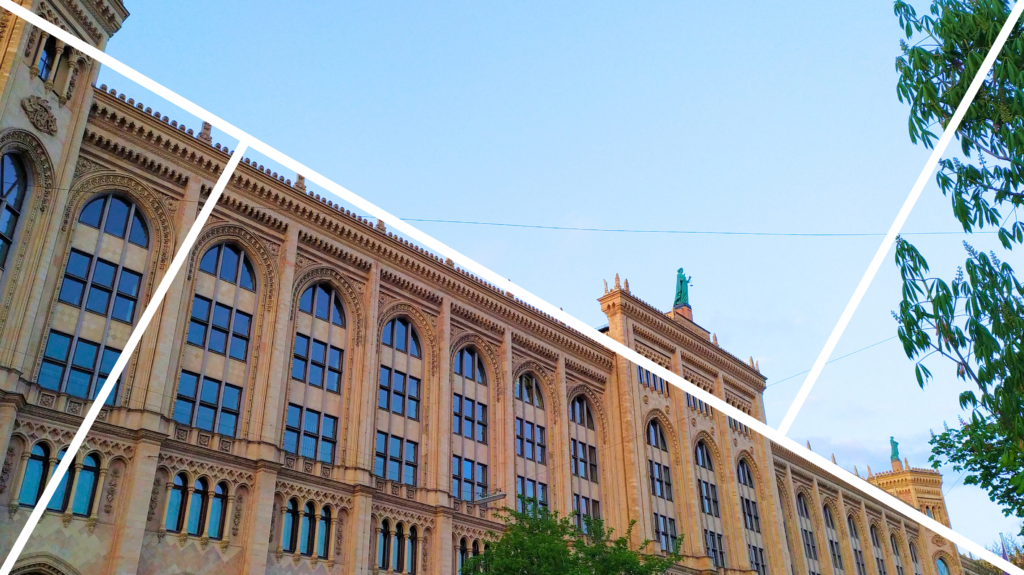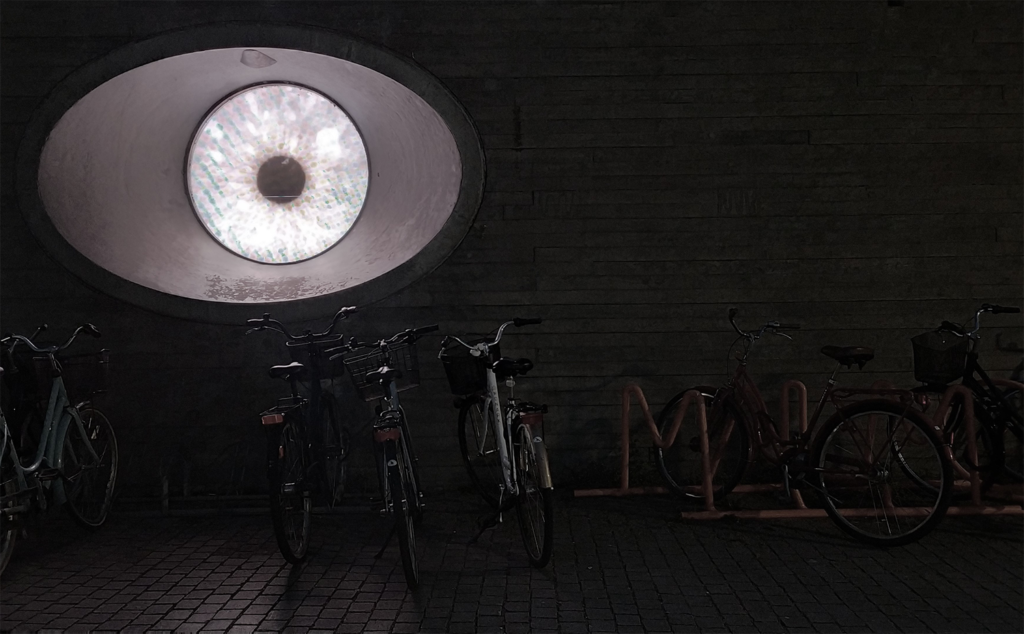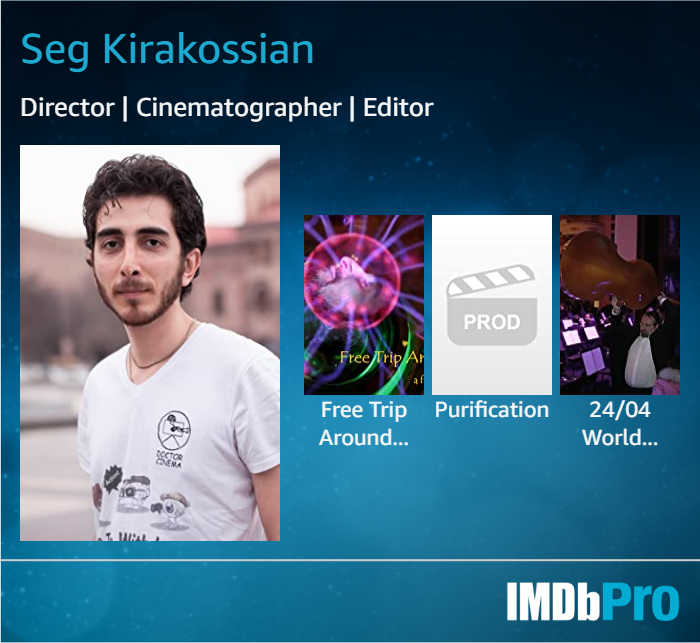Over the past decade, I have had the privilege of leading a series of documentary filmmaking trainings aimed at empowering youth workers, educators, and leaders to use film as a tool for social change. These trainings, known as the Docu series, have taken place across different countries, equipping participants with storytelling skills to advocate for human rights, fight hate speech, and promote environmental sustainability. Today, I want to introduce you to one of these transformative experiences – EcoDocu 2024, a training course that took place exactly one year ago in Barcelona, where participants created five short documentary films about environmental issues.
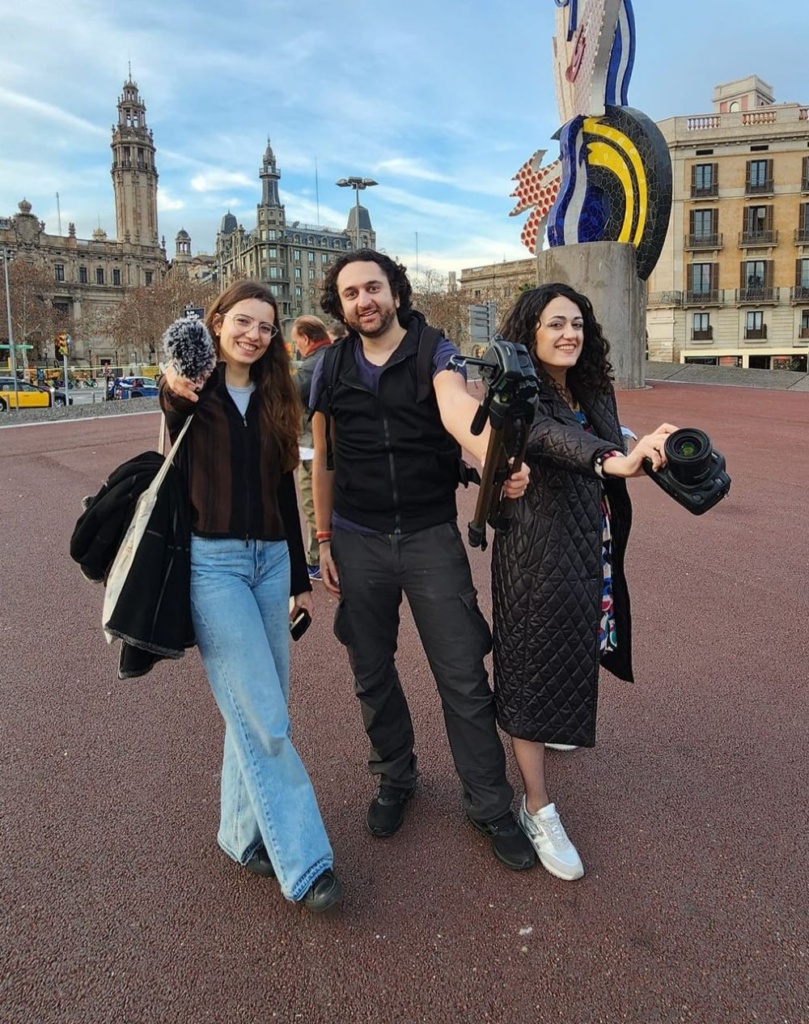
Under the warm skies of Barcelona, from February 11 to 20, 2024, a vibrant group of youth workers, educators, and leaders gathered for an experience that would reshape their perspectives on environmental advocacy. EcoDocu was more than just a training course; it was an opportunity to blend creativity with purpose, storytelling with activism, and media with sustainability.

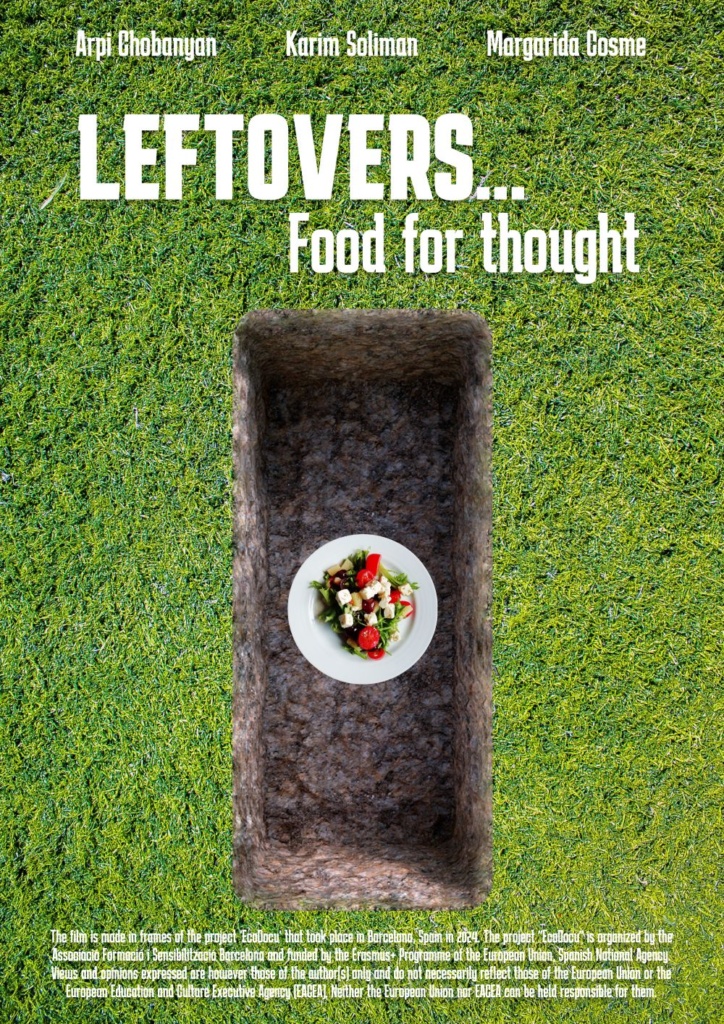
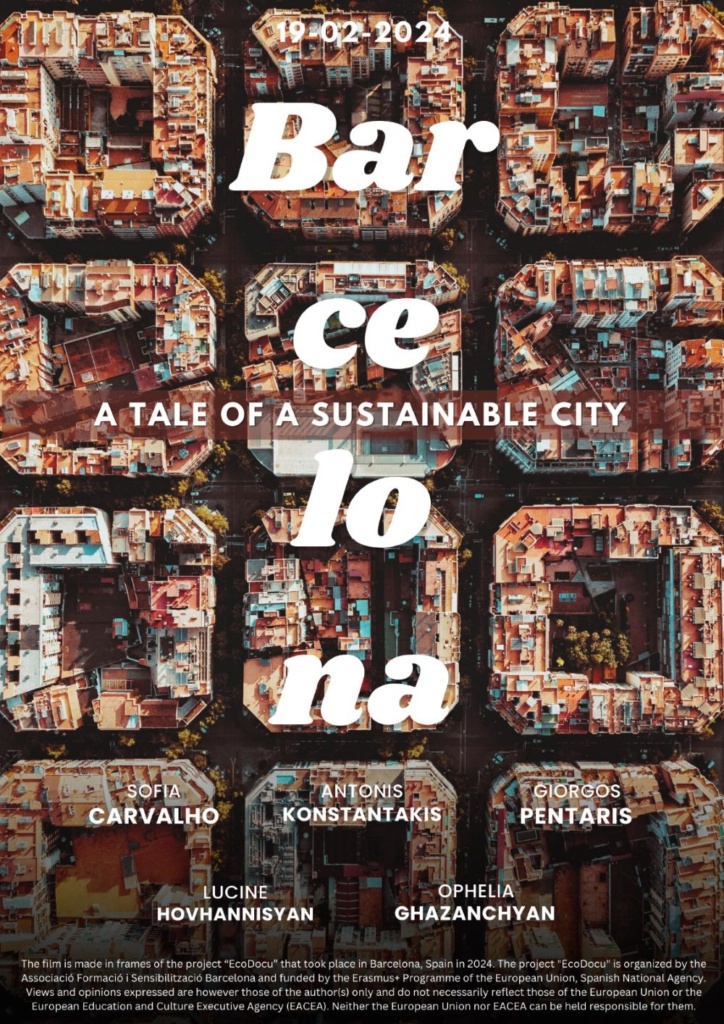
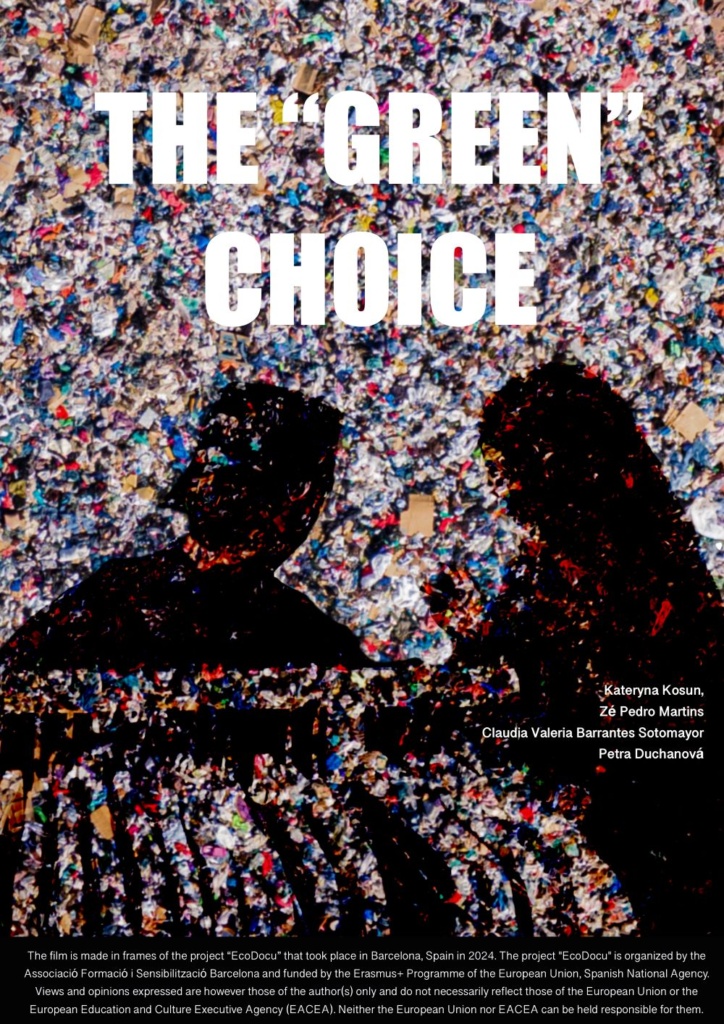
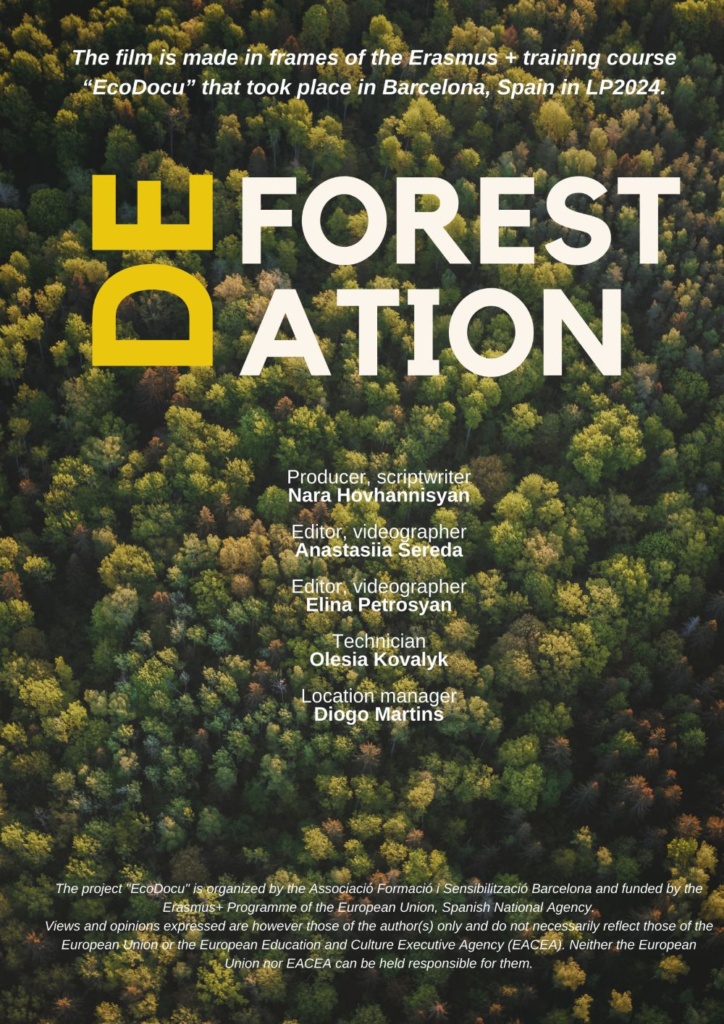
From the first day, participants, coming from the European Union and the Eastern Partnership countries found themselves immersed in a transformative learning environment. Many arrived with no prior connection to documentary filmmaking or the arts as the selection criteria was to be youth workers, youth leaders or educators. Yet, by the end of the training, they had gained not only technical skills but also the confidence to capture compelling narratives that could spark change.
Lights, Camera, Action – Learning Through Practice
EcoDocu embraced C3 Filmmaking, an approach that combines creativity, critical thinking and collaboration. Participants engaged in hands-on workshops, where they learned how to handle a camera, use a stabilizer, adjust focus, and master the art of transitions and secondary scenes. They explored media recycling, discovering innovative ways to repurpose existing footage to tell new stories.
One of the most impactful sessions focused on media advocacy, empowering participants to use film as a tool for environmental education. They reflected on the Sustainable Development Goals (SDGs) and brainstormed ways to integrate them into their future work with young people. More than just technical training, EcoDocu encouraged participants to pay attention to everyday actions and how these small, seemingly insignificant choices shape the bigger picture of sustainability.

From Storytelling to Action
As the days progressed, participants gained insight into the power of storytelling—how the right framing, the right cut, and the right music can elevate a simple moment into a meaningful statement. They discussed copyright rules, learned the basics of editing, and experimented with free tools that made professional-quality filmmaking accessible to all.
For many, this training was not just about filmmaking but about seeing the world through a new lens – both literally and figuratively. As one participant said, “I started to understand how to use a camera not just to record, but to capture the essence of a moment.” The knowledge they gained was not meant to stay in Barcelona; it was meant to be carried forward—to their communities, to their youth groups, to the stories still waiting to be told.
Title: You can Sea me
Authors: Anastasiia Sereda, Diogo Miguel Oliveira Martins, Olesia Kovalyk, Nara Hovhanisyan, Elina Petrosyan
How pollution affects the daily lives of fishermen…
Leftovers: Food for Thought
Authors: Arpi Chobanyan, Margarida Ribeiro Cosme, Karim Soliman
Change your habits. Prevent food waste in your home
The “Green” Choice (Greenwashing)
Authors: José Pedro Vieira Martins, Claudia Valeria Barrantes Sotomayor, Petra Duchanová, Kateryna Korsun
Do your research, choose wisely
Deforestation
Authors: Nazarii Patratii, Prajun Nakarmi, Silas, Angeliki Korda
Barcelona, a Tale of a Sustainable city
Authors: Antonis Konstantakis, Giorgos Pentaris, Lusine Hovhannisyan, Ofelia Ghazanchyan, Sofia Carvalho
The short documentary films created during EcoDocu 2024 may not claim to be the most powerful in a conventional sense, but they certainly helped participants rethink their habits in a more sustainable way. Moreover, these films became tools to promote an ecological mindset in their communities, sparking discussions and encouraging more responsible approaches to everyday life.
A Growing Movement
EcoDocu is part of a larger initiative that has been shaping the landscape of documentary filmmaking training for nearly a decade. Since 2015, I have been leading documentary film trainings across Europe, fostering a community of youth workers and educators passionate about using film as a tool for social change. Past training courses include:
- MovieDoc (2017, Dilijan, Armenia): Promotion of Human Rights Education. Organized by the “Foreign Students of Luxembourg” Union, financed by the Luxembourgish Erasmus+ National Agency – SNJ.
- DocuSpeech Against Hate Speech First TC (2018, Luxembourg, Luxembourg): Organized and hosted by Formation et Sensibilisation Luxembourg ASBL, financed by Luxembourgish Erasmus+ National Agency – Anefore.
- DocuSpeech Against Hate Speech First TC (2019, Yerevan, Armenia): Organized by Formation et Sensibilisation Luxembourg ASBL, financed by Luxembourgish Erasmus+ National Agency – Anefore, hosted by Doctor Cinema NGO.
- DocuSpeech for Human Rights Education (2019, Yerevan, Armenia): Organized by Frie Filmere NGO, financed by Norwegian Erasmus+ National Agency Aktiv Ungdom, hosted by Doctor Cinema NGO.
- EcoDocu (2024, Barcelona, Spain): Organized and hosted by Associació Formació i Sensibilització Barcelona, financed by Spanish Erasmus+ National Agency INJUVE.
What’s Next? Be Part of the Story
I am sure that the future training courses in the Docu series will continue to empower youth leaders to use documentary filmmaking as a tool for education and activism. Are you ready to be part of this movement? Follow our upcoming announcements and join the next edition of the Documentary Filmmaking Training Series. Let’s turn stories into action and action into change!
Keep filming!
Seg Kirakossian
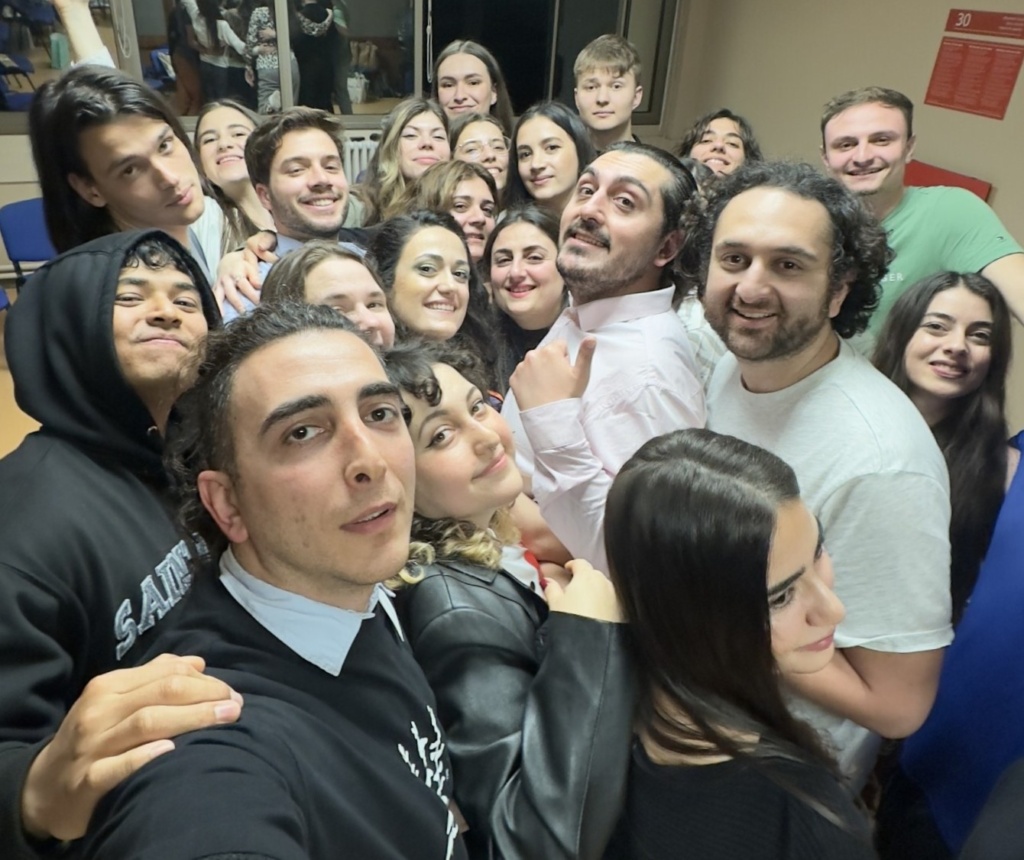
#EcoDocu #MediaAdvocacy #DocumentaryForChange #EnvironmentalEducation
Disclaimer: This project is funded by the Erasmus+ Programme of the European Union. Views and opinions expressed are however those of the author(s) only and do not necessarily reflect those of the European Union or the European Education and Culture Executive Agency (EACEA). Neither the European Union nor EACEA can be held responsible for them.
